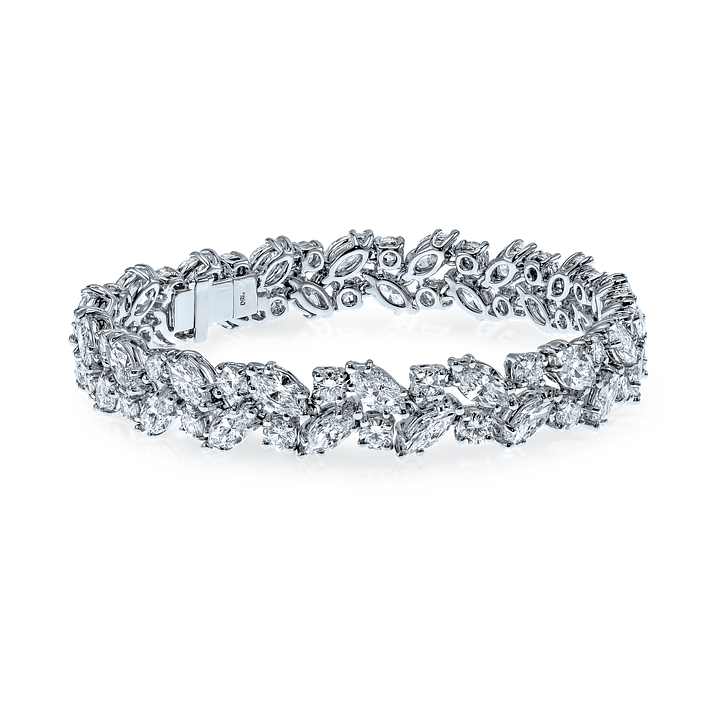How to Spot Fake Moissanite Diamonds: 5 Easy Tips
Moissanite diamonds have become increasingly popular in recent years due to their stunning brilliance and affordability compared to traditional diamonds. However, with their rise in popularity, there has also been an increase in counterfeit moissanite diamonds flooding the market. If you’re in the market for a moissanite diamond, it’s important to know how to spot fake ones. Here are 5 easy tips to help you distinguish between real and fake moissanite diamonds.
1. Conduct a Visual Inspection
The first step in spotting a fake moissanite diamond is to conduct a visual inspection. Real moissanite diamonds have a high refractive index, giving them a fiery brilliance that mimics the sparkle of a diamond. Fake moissanite diamonds often lack this brilliance and can appear dull or cloudy. Additionally, real moissanite diamonds are almost colorless, while fake ones may have a yellow or green tint.
Quick Tips for Spotting Imitations: Examine the stone under different lighting conditions to see if it maintains its brilliance and colorlessness.
2. Check the Hardness
Moissanite diamonds are known for their exceptional hardness. On the Mohs scale of hardness, moissanite diamonds rank at 9.25, just below diamonds which rank at 10. Fake moissanite diamonds, on the other hand, are usually made from materials with a lower hardness, such as glass or quartz. To test the hardness of a stone, try scratching it with a diamond or a material with a known hardness. If the stone scratches easily, it is likely a fake moissanite diamond.
Quick Tips for Spotting Imitations: Use a diamond tester to determine the hardness of the stone accurately.
3. Look for Double Refraction
Another characteristic of real moissanite diamonds is their double refraction. When you look closely at a real moissanite diamond, you may see a doubling effect on the facets. This effect is caused by the stone’s unique atomic structure. Fake moissanite diamonds, on the other hand, do not exhibit this double refraction. If the stone you’re examining does not show any doubling effect, it is likely a fake moissanite diamond.
Quick Tips for Spotting Imitations: Use a loupe or magnifying glass to examine the stone closely for any doubling effect.
4. Test the Thermal Conductivity
Moissanite diamonds have a higher thermal conductivity than other gemstones, including diamonds. This means that if you place a moissanite diamond on a diamond tester, it will register as a diamond due to its high thermal conductivity. Fake moissanite diamonds, on the other hand, will not register as a diamond on a thermal conductivity tester. Testing the thermal conductivity of a stone can be a reliable way to determine its authenticity.
Quick Tips for Spotting Imitations: Invest in a thermal conductivity tester or have the stone tested by a professional jeweler.
5. Consult a Professional
If you’re still unsure about the authenticity of a moissanite diamond, it’s always a good idea to consult a professional jeweler. They have the knowledge and experience to accurately assess the authenticity of a stone. A professional jeweler can use specialized tools and techniques to determine whether a moissanite diamond is real or fake.
Quick Tips for Spotting Imitations: Seek the advice of a reputable jeweler who specializes in moissanite diamonds.
In conclusion, knowing how to spot fake moissanite diamonds is essential when shopping for these beautiful gemstones. By conducting a visual inspection, checking the hardness, looking for double refraction, testing the thermal conductivity, and consulting a professional, you can ensure that you are purchasing a genuine moissanite diamond. Remember, when in doubt, always seek the guidance of a trusted jeweler.

